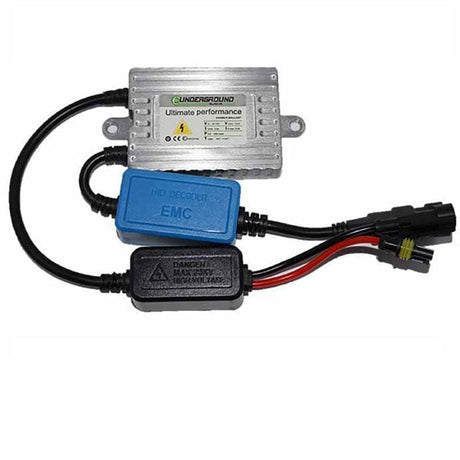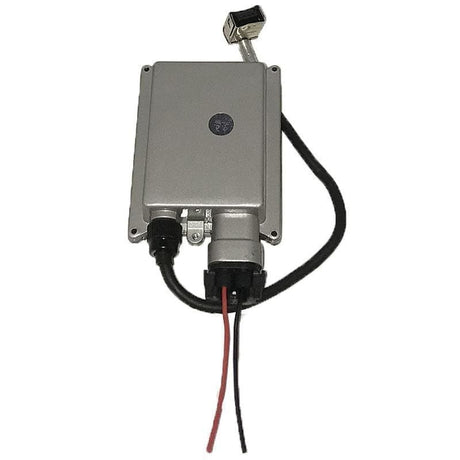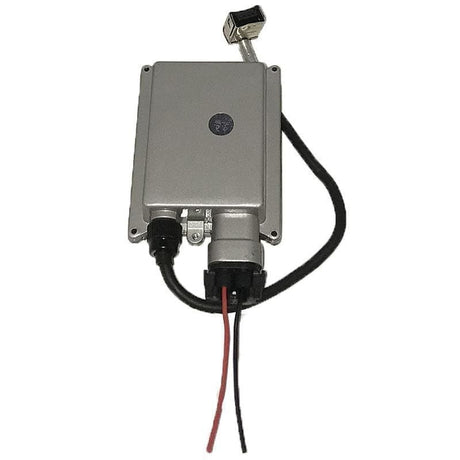What Is a HID Headlight Ballast?
A high-intensity discharge (HID) ballast is the essential control unit for your HID lighting system. It regulates the electrical current and converts your vehicle's DC power into the AC current that HID bulbs need to operate. Without a properly functioning ballast, your HID lights may flicker, fade, or fail to start altogether.
How do HID ballasts work?
Headlight HID ballasts regulate the electrical power that flows to your HID bulbs in three stages. First, they provide a high-voltage pulse to ignite the xenon gas in the bulb. Then, they manage the initial warm-up phase as the bulb reaches full brightness. Finally, they maintain steady power output during regular operation, ensuring consistent light performance throughout your drive.
Can I use any ballast with any HID bulb?
No, you need to match your ballast specifically to your vehicle and HID bulbs. This is especially important for vehicles with CANbus systems, which require special CANbus-compatible HID ballasts and bulbs from a CANbus HID kit. Using a standard ballast in a CANbus vehicle will trigger error messages on your dashboard. Always check your vehicle specifications or use our finder tool to guarantee you get the correct ballast for your specific setup.
Do I need a ballast for HID lights?
Yes, HID lights require a ballast to function correctly. The ballast creates the correct voltage to ignite your HID bulbs and maintains proper electrical current during operation. Without a ballast, HID bulbs will either fail to light, produce inconsistent output, or burn out prematurely.
How long should a HID ballast last?
A quality HID lighting ballast typically lasts between 5-7 years under normal driving conditions. However, factors like extreme temperatures, moisture exposure, and electrical system variations can affect its lifespan. Regular maintenance and proper installation will help provide maximum durability and performance.
Are HID ballasts waterproof?
Most HID headlamp ballasts are water-resistant but not completely waterproof. They feature protective housing designed to withstand normal rain, snow, and road spray exposure. However, while these ballasts can handle typical weather conditions, they should not be submerged in water. For maximum protection, check that your ballast is mounted correctly in a location that minimizes direct water exposure.
How do you know whether your HID ballast Is bad?
Headlights Not Working
If you notice your headlights are not working properly, you should conduct a thorough system check. If there are no signs of loose or damaged parts and the bulbs have working filaments, then it might mean the ballast needs repair.
Dimming or Flickering
If your headlights are not as bright as usual or flash on and off, it might mean something is wrong with the ballast. When a ballast is not working well, it might have difficulty stabilizing the current.
Changing Light Colors
If the brightness or hues of the headlights are inconsistent, this might mean the ballast has different voltage surges. If not changed as soon as possible, this will damage the bulbs.
Strange Sounds
If you hear humming or buzzing noises in the bulbs, even when they’re off, it means your ballast is not working properly. The ballast is continuously working when it should not be and will damage the system if left alone.
Blown Fuse
If you have been replacing your headlight bulbs more than usual, this may be the cause of a faulty ballast. If your bulbs are getting high voltage, it can cause the fuse to isolate.



